Have you ever wondered why some dogs, even the sweetest puppies, suddenly turn into a whirlwind of teeth and growls? It’s easy to blame the dog, but often, the real culprit is much closer to home. As dog lovers, we rarely mean to do harm, but everyday habits and choices can shape our furry friends’ behavior in ways we don’t expect. Sometimes, a gentle nudge or a raised voice can plant the seeds of fear, confusion, or even aggression. Let’s dig into twelve common mistakes owners make—often without realizing it—that can turn a loving companion into a dog who bites first and asks questions later.
1. Punishing Instead of Teaching
Many owners react to bad behavior with punishment—yelling, leash jerks, or worse. While it might feel instinctive in the moment, punishment confuses dogs. They don’t connect your anger to what they did wrong, and instead, they might just get scared or anxious around you.
Dogs thrive on clear, gentle guidance. Positive reinforcement—like treats, praise, and patience—helps them learn what’s right without fear. If your dog growls and you punish them, you’re not teaching them manners; you’re teaching them to hide their discomfort, which can explode into real aggression later.
2. Missing Early Warning Signs
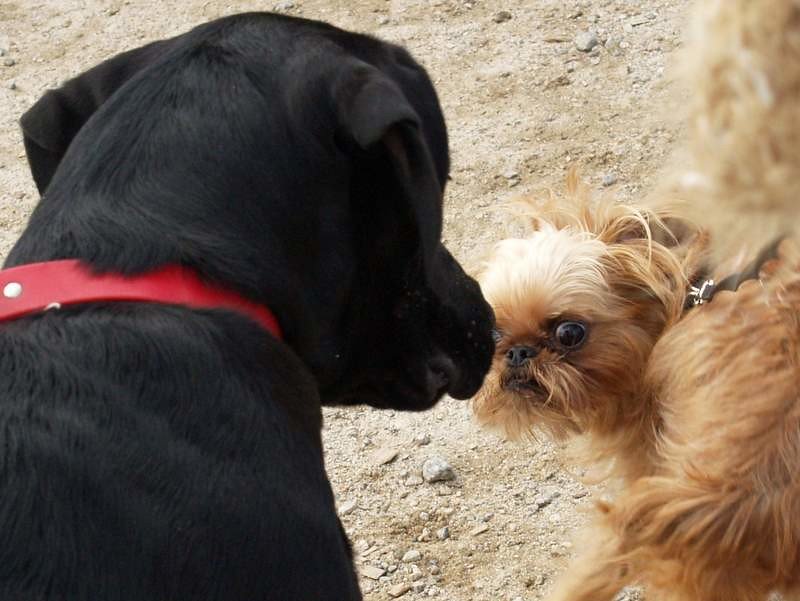
A wagging tail doesn’t always mean a happy dog, and growling isn’t always “bad.” Dogs give us loads of subtle cues: stiff bodies, lip licking, yawning, or even looking away. These are like your dog saying, “Hey, I’m uncomfortable!”
Ignoring or scolding these signals tells your dog their communication doesn’t matter. Over time, your pup might skip the warning signs and go straight to a snap or a bite. Learning to notice and respect these cues can stop aggression before it ever starts.
3. Poor Socialization During Puppyhood
A puppy’s world is brand new and sometimes scary. If they don’t meet friendly humans, calm dogs, and new environments early on, the unknown becomes terrifying as they get older. That fear can quickly turn into aggression.
Imagine never seeing a vacuum cleaner as a puppy, then suddenly facing one as an adult—yikes! Socialization is like teaching your dog the world isn’t out to get them. The earlier, the better, but it’s never too late to introduce new experiences gently and safely.
4. Inconsistent Rules and Boundaries
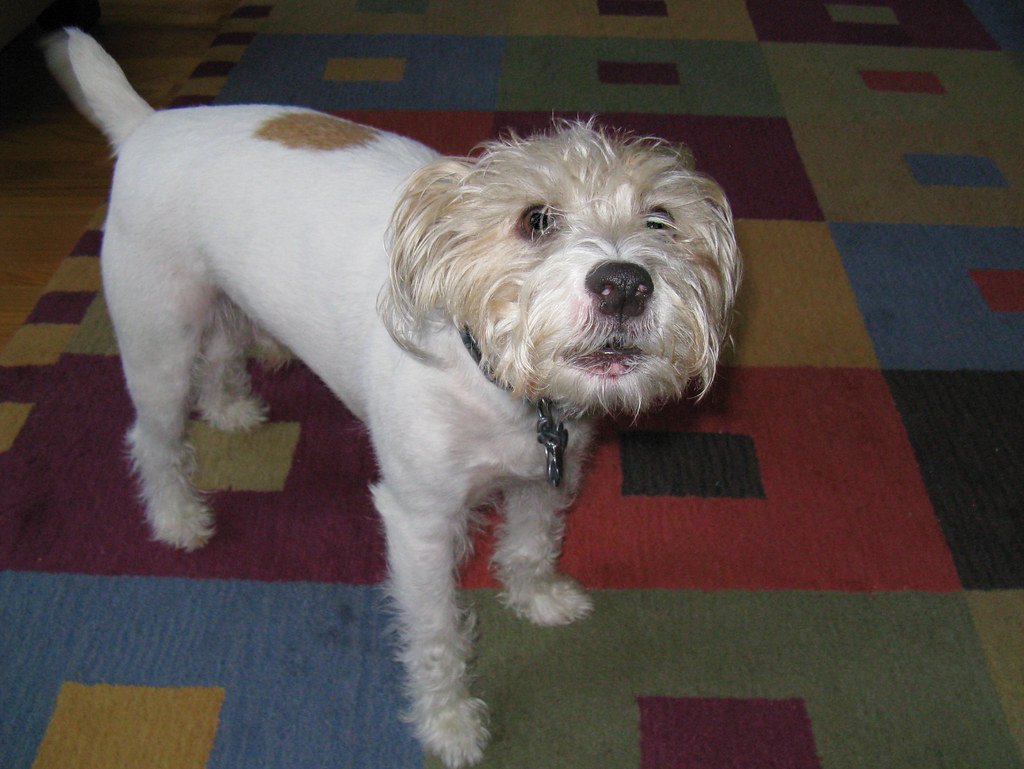
One day, your dog is allowed on the couch; the next, they get scolded for it. Mixed messages like these leave your dog confused and frustrated, which can spiral into stressed or “defiant” behaviors.
Dogs crave routine. When owners set clear, consistent boundaries, dogs know what to expect and feel secure. If rules change with your mood, your dog might act out or even get defensive, simply because they don’t know how to please you.
5. Failing to Address Health Issues
Sometimes, what looks like a “bad attitude” is actually pain or illness. Dogs can’t tell us when their hips ache or their ears itch. Instead, they might snap when touched or react aggressively to things that never bothered them before.
Regular vet visits and paying attention to changes in behavior or appetite can catch health issues early. If your once-sweet pup is suddenly grumpy, consider a trip to the vet before assuming it’s “just bad behavior.”
6. Using Harsh Training Tools
Choke collars, shock collars, or prong collars promise “quick fixes,” but they work by causing pain or fear. These tools don’t teach your dog what you want—they just teach them to be scared of you or certain situations.
Gentle, reward-based training is more effective and builds trust. Dogs trained with force may obey out of fear, but that fear can simmer under the surface and eventually turn into aggression, especially if they feel cornered or threatened.
7. Not Allowing Enough Exercise and Enrichment
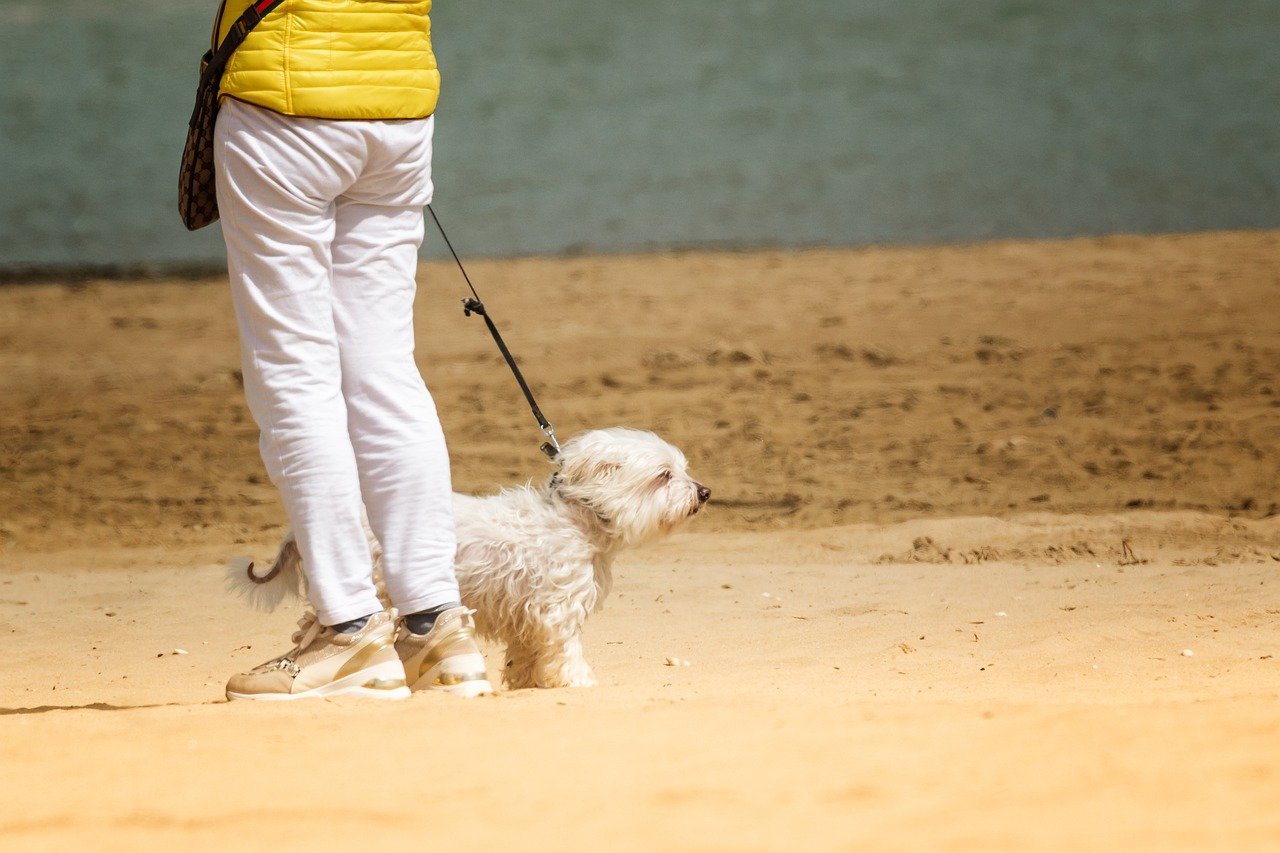
Imagine being cooped up in a tiny room all day with nothing to do—most of us would go a little stir-crazy! Dogs with too much pent-up energy or boredom can act out, sometimes aggressively, just to burn off steam or get attention.
Every dog, from teacup poodle to giant mastiff, needs daily exercise and mental challenges. Walks, puzzle toys, and playtime prevent frustration from building up and help your dog stay happy and well-behaved.
8. Ignoring Fear or Anxiety Triggers
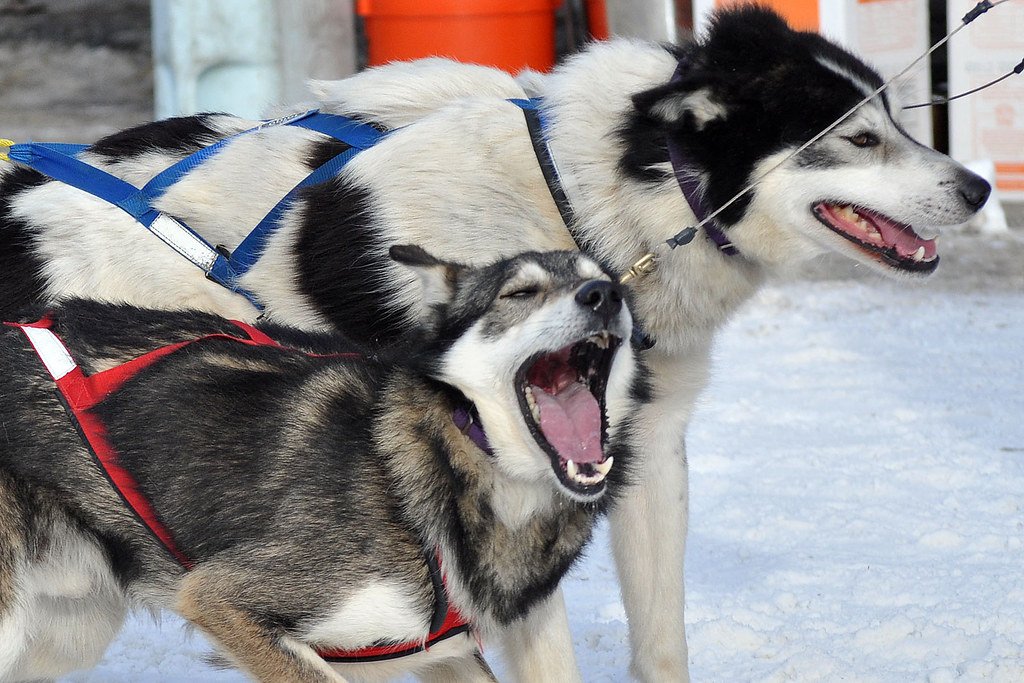
Dogs can be afraid of thunder, strangers, hats—you name it. If owners force dogs into scary situations or don’t help them cope, fear can harden into aggression. It’s a bit like forcing someone who’s terrified of spiders to hold a tarantula.
Helping your dog feel safe is key. That might mean creating a quiet space during storms or slowly desensitizing them to scary triggers with treats and praise. A little empathy goes a long way in preventing fear-based aggression.
9. Allowing Rough or Unsupervised Play
Letting kids or guests wrestle or tease your dog might seem harmless, but rough play can teach dogs that being pushy or mouthy is okay. If left unchecked, this can escalate into real aggression, especially if the dog gets scared or overstimulated.
Always supervise play, especially with children. Teach everyone to respect the dog’s space and body language. Calm, gentle interactions build trust and teach your dog that people are safe and predictable.
10. Reinforcing Guarding Behaviors
Some owners laugh or even encourage their dog to “protect” toys, food, or territory. While it might seem funny when your pup growls over a bone, this teaches them that aggression gets results.
Resource guarding can turn dangerous fast. Instead, practice swapping toys for treats and teaching “leave it.” Show your dog that sharing doesn’t mean losing out, and they’ll be less likely to guard things with their teeth.
11. Neglecting Mental Health and Emotional Needs
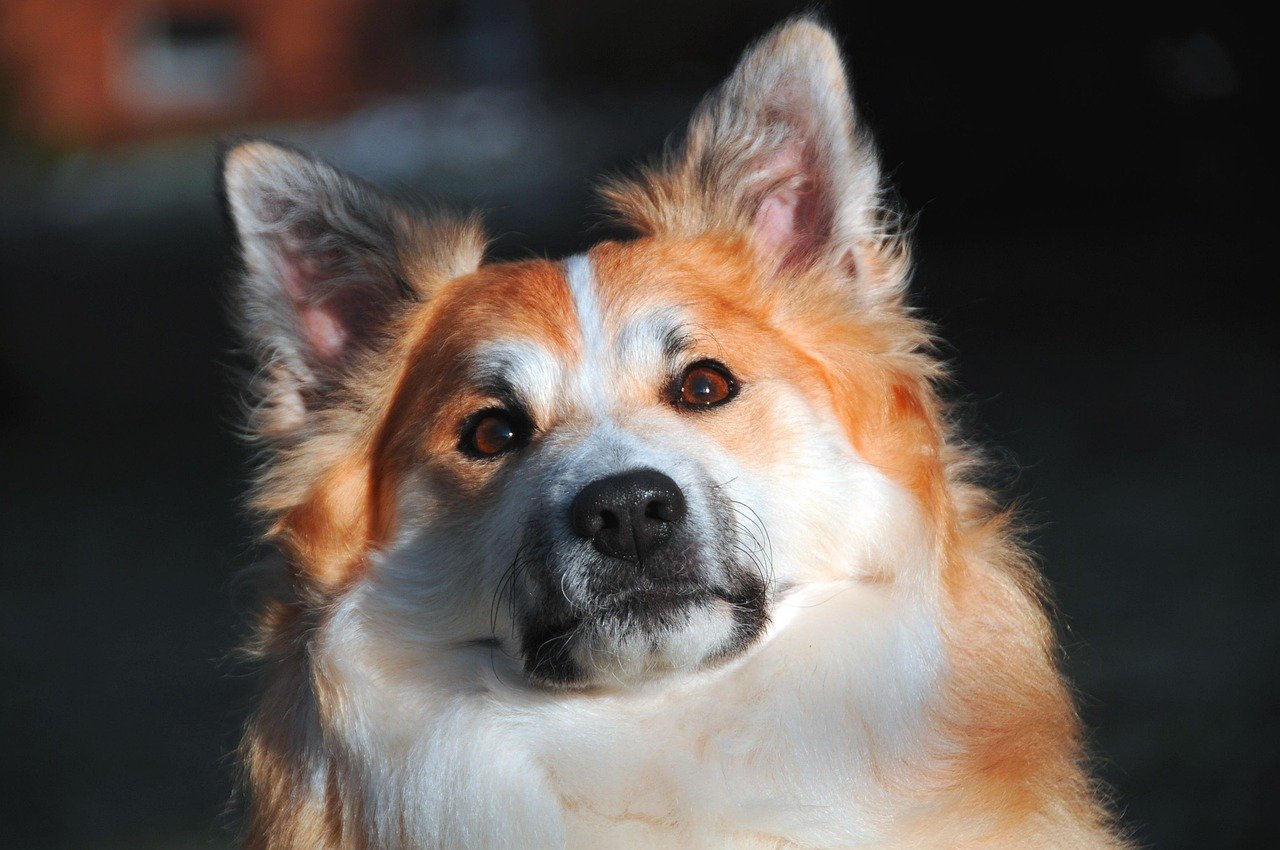
Dogs have feelings, too. Loneliness, frustration, or lack of affection can eat away at their well-being, just like it does with us. When emotional needs aren’t met, some dogs withdraw, while others lash out.
Make time for cuddles, play, and positive social time every day. Notice when your dog seems down or anxious and offer comfort. A happy, emotionally fulfilled dog is much less likely to act out aggressively.
12. Expecting Too Much, Too Soon
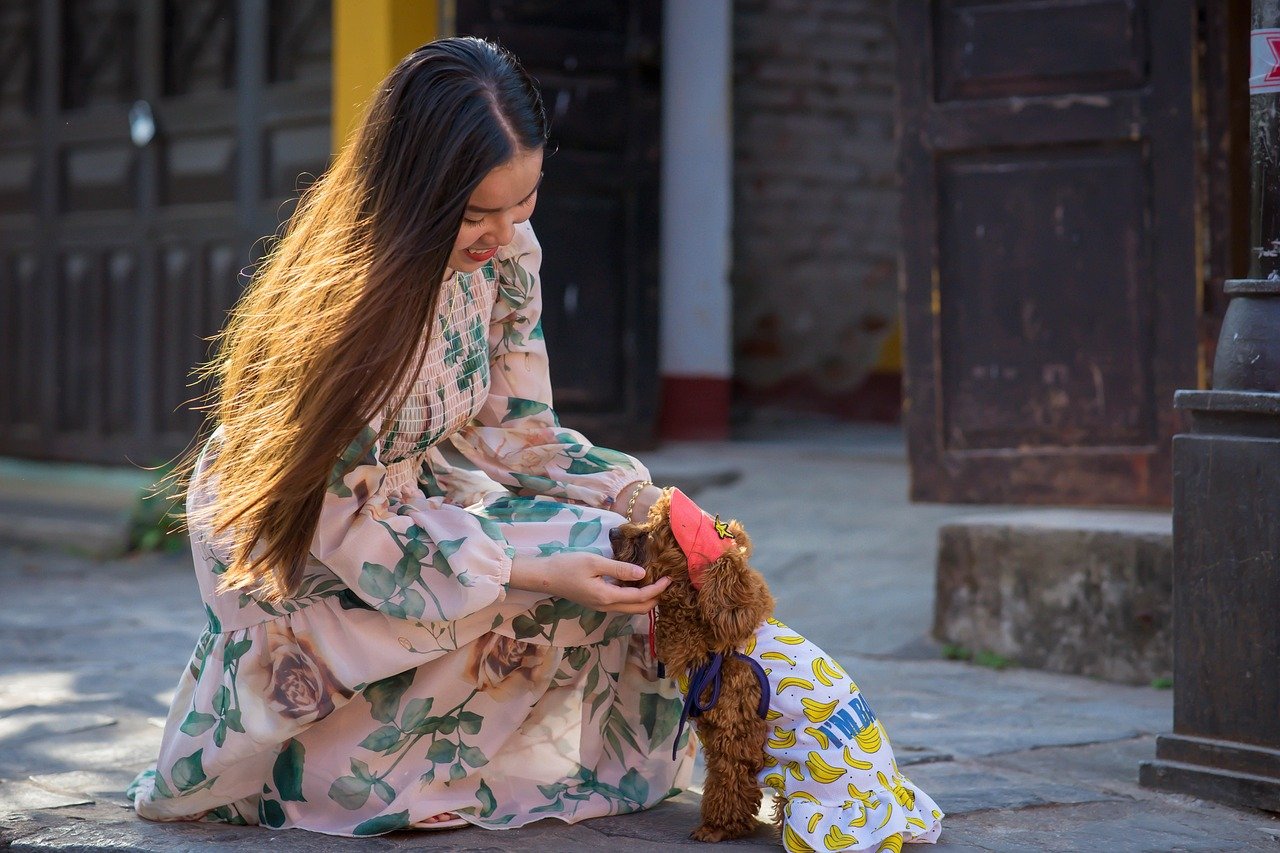
We all want the perfect dog, but expecting instant obedience and flawless manners sets everyone up for disappointment. Pushing dogs too hard or getting frustrated when they “don’t get it” can make them anxious or defensive.
Think of training like teaching a child to read—patience and encouragement are key. Celebrate small wins and remember every dog learns at their own pace. Understanding and supporting your dog builds confidence and trust, not fear.
Every dog deserves a chance to feel safe, understood, and loved. By recognizing these pitfalls and making small changes, we can help our four-legged friends live happier, more peaceful lives. What would your dog say if they could tell you how they really feel?

Esther is from India; the heartbeat of South Asia, holding a Master’s degree in Zoology and a postgraduate diploma in Animal Welfare. Her enthusiasm for animal welfare drives her passion and dedication to working for animals, ensuring their well-being, and advocating for their rights. With a solid academic background and hands-on experience, she is committed to making a positive impact in the field of animal welfare. In her free time, she enjoys embroidery and sewing. As a Chennaite from Tamil Nadu, Esther loves Bharathanatyam, an Indian classical dance form.





